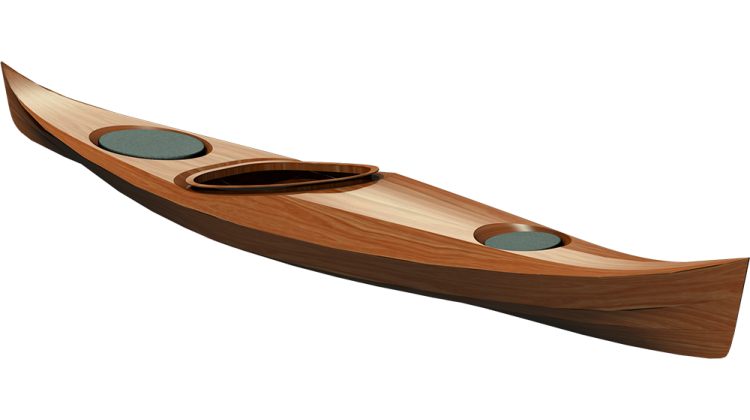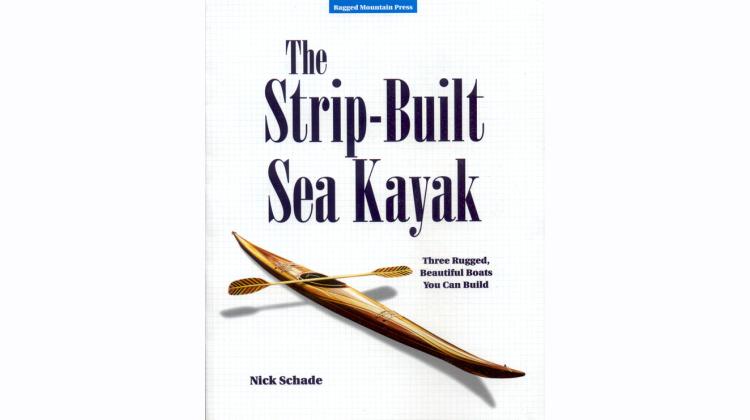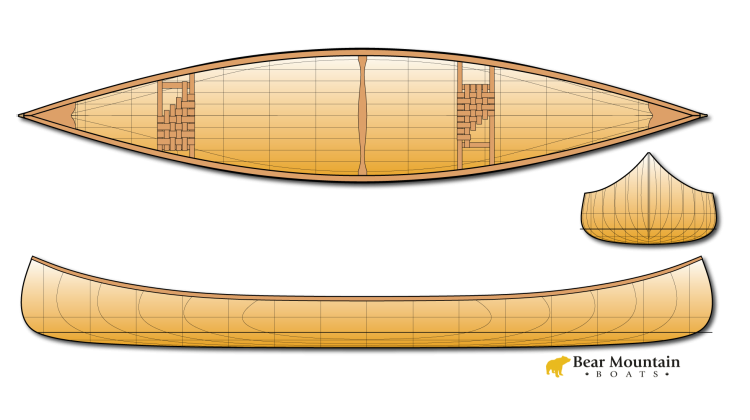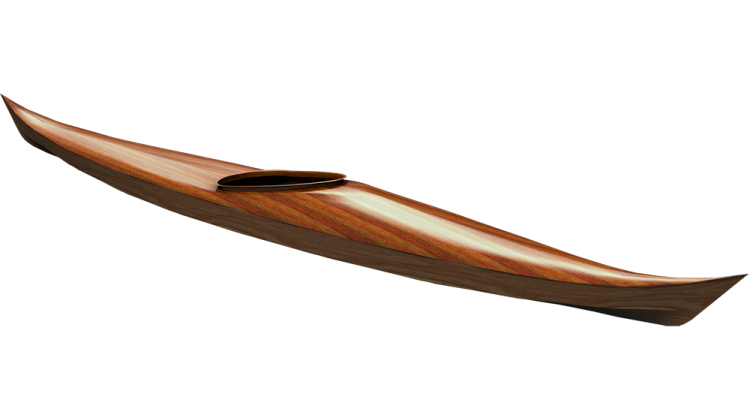In this video, Nick discusses the process of finishing up the sanding and applying stain to a boat. Despite the challenges of the ongoing coronavirus pandemic, the narrator encourages viewers to find solace and distraction in the art of boatbuilding. The process of filling gaps, sanding, and applying stain in a detailed and intentional manner is highlighted, showcasing the dedication and attention to detail required in boat construction. Nick's emphasis on systematic work and the satisfaction derived from observing the boat's transformation exemplifies the meticulous nature of the craft. The video ends with a reminder to stay safe and utilize the time for productive and fulfilling activities, such as engaging in boatbuilding projects.
This is the Strip Built Petrel design.
Support my Patreon at: https://www.patreon.com/NickSchade
Tools:
- Makita Hand-Held Belt Sander: https://amzn.to/2UrTpCk
- Festool RO Finish Sander: https://amzn.to/2tAS9BY
- Festool RO Agressive Sander: https://amzn.to/3bjAAYf
- Festool Contour Pad: https://amzn.to/2GYw43a
- Mirka Bendable Long Board: https://amzn.to/378MYGR
- Mirka Abranet Sanding Mesh: https://amzn.to/2Oy4VbA
Other Tools:
- Solvent Bottle: https://amzn.to/2woRmp5
So I built the boat in this series in the winter of 2019. As I record this intro right now, it is the middle of March of 2020 and we're in the midst of the coronavirus. My wife just put her hand on my forehead to see if I had a fever. I hope everybody's safe in good health, washing their hands, maybe doing a little social distancing, hanging out in their shop, and boatbuilding. I thought you guys might appreciate a break from all the bad news on the television and the newspaper and watch a little bit about building for now.
In this episode, I'm going to be working on finishing up the sanding and getting some stain on the boat. So we'll be doing a little bit of masking to have different colored stains and to keep the accents showing up nice and bright. I'll start off with filling some of the gaps that inevitably show up in any build.
I have a few small cracks where I didn't have good tight joints between the strips, so I'm going to fill some of those up with a little bit of sawdust mixture. I've got my cyclone here which collects the dust as I sand and I dumped it out before I got started. It's some clean stuff. So that cedar sawdust I found that even though this is the wood that came off the boat, it ends up being darker when you mix it up like this just because of the fine powder just absorbs material resin and so forth more. So I'm going to add a little bit of cab Asil. I'm gonna add some water to it, glue to ask act as a size and sort of fire binds it all together there. I have a putty which I can spread into the cracks to seal them up. Part of what sealing up the cracks does isn't just visual, it's to keep the epoxy from just running straight through, leaving sort of a bubble there. So this will help fill those up.
Here I have a little crack I'd like to fill up. It's pretty thin. I could just epoxy right over this, and you know, frankly, you've probably never even noticed it. But here I might as well see if I can fill that up a little bit. I'm going to take and put masking tape on either side of it. That way I don't end up getting a halo of glue sealing up the grain in the wood around the issue. I'm just putting the material right where I need it and take the putty knife, take some of the putty off, let it dry. I'll be coming back and sanding this and it'll knock the top off of that. I'll give the whole boat a final overall sanding with 120 on the longboard. It gets rid of scratches from the last 120 sanding, deals with some of these places where I put a little putty in the cracks, and also last thing I did before that was when everything down raised the grain so this will flatten that raised.
So I've done the major overall sanding. Now, I want to hit some details. Always difficult to get the very edge here at the shear line sanded all the way out because it's flexible there so you push on it, it just flexes away and tends to get shortchanged in the amount of sanding it gets. So I'm going to sit down with a small sanding block and take care of that. Some places on the deck where around the recess, it needs a little bit of detail, and I'm just going to effect it as I go, see if I see anything, and I can deal with it as I go.
So now I've got the deck and hull all sanded out, ready for the next step, which in this case is going to be staining. I could go directly to fiberglassing now if I weren't going to stain. Each pass I did took like half an hour to do the whole boat, so the first 60 grit over the whole thing about half an hour. Then I did 60 grit on the longboard, another half hour. And then 80 grit with the random orbital, and then 80 grit with the longboard, and then 120 grit with the random orbital and 120 was the longboard. Then a little bit of detail sanding. So there were three hours of sanding to get it to this point, which is quite a bit of time spent sanding but it goes pretty quickly. The thing to remember to make sanding as easy as possible is be intentional in what you're doing. So know what you're intending to do. So the first pass is to level things out and fair it out, so we want that to go as quickly as possible. It's about removing material, so we want to move material as quickly as possible. For that purpose, we go with a really coarse grit and a really powerful sander, and so we're just removing material. We're trying to make it level, so we're not trying to erase mistakes, we're trying to lower high spots. Then, back up the other way, work on it systematically so you're not going going over the same spot, lots of times.
This was pretty easy to fair out, the strips were laying down fair, they were fitting tight, they were even. The cove bead helped make the strips nice and even. I save time my sanding by making sure I had the strip's fair and smooth. I put them in place. Every step of the way, we're trying to make things fair and smooth, and that way when it comes time to do a real hard work of fairing it out, you don't need to do a lot of work. Once we get it all fair and smooth and leveled, we are done trying to get rid of problems. There might be a few here and there that we missed, but if you feel when you get to the next grit that oh here's an issue, I've got to work on this, you were better off doing that with the coarse grain and when it goes faster, trying to fix problems with the finer grain just as slow. We want to use the most aggressive, fastest tool we can to get the job done, and so it's done quickly. It doesn't take a lot, you just need to be intentional in what you're doing, knowing what you're trying to accomplish, and concentrating on accomplishing that task and then move on to the next task. So there is a lot of sanding strip build boats, it's a given and the goal is to make the sanding is easy and quick as possible, and when you're doing it right, it's a really satisfying project. You're seeing changes, you see how you're improving the boat with every step of the process. If you're not seeing it make any difference, think about what you're doing, are you doing something that's worthwhile? If it doesn't look like it's making a difference, do something else. If you see something that needs to be fixed and what you're doing isn't fixing it, think about what you need to do to fix it. So be intentional in everything you do and it'll go quickly, and it'll be fun, and you'll have a beautiful boat.
I put some accent strips, some contrasting Alaskan yellow cedar in long feature line, if I had this, trim basically accent strip I like to put in highlight, that accent strip, I want to do that put a lot of effort into putting that strip in there. So if I don't get the color all the way to the accent stripe, it'll still look right because there'll be a nice sharp contrast there.
I specifically chose a high contrast wood on either side of the accent stripe here, so if I don't get color all the way to the accent stripe, it'll still look right because there'll be a nice sharp contrast there again the goal is to come by with the masking film so I don't spill any stain down the side of the boat. I'm going to use this light red mahogany stain on the bottom and I'll use a darker blood-red on the sides on the top, we've got a clean rag. I'm gonna put the stain on the rag fairly heavy and wet wipe down the whole boat and then come back with denatured alcohol and wipe down the boat again. This is an alcohol-based stain, so it dries really quickly, it tends to blotch, so by coming back with a wet alcohol rag, I can even out the color.
Now with the bottom stain dry, I'll mask off the accent strip on the other side and then to the side of the boat. I'm using a blood red for the side and the deck, so it should be some contrast between the side and the bottom but you know still reddish.
Well, it's good. I will let that dry and we'll get some fiberglass on the boat. You may know that I make my living primarily through the sale of plans to build your own small boats such as this kayak and other boats I have. So if your boss told you to stay home and do some social distancing and quarantine in place and you've been looking to build a boat, now maybe is your chance. Unfortunately, it looks like we may have a lot of time when we've got to stay away from people and maybe it's a good time to just be in your shop and hang out and work on an interesting project. So if that project's building a boat I have plans available, come by my website, check it out, see what I've got. Otherwise, whatever you have, just a nice time to be in the shop and keep away from people.
Seriously and more importantly it's the time to stay safe and keep your same family safe and do what you need to do. Wash your hands, buy more toilet paper, or whatever you need to do. So until the next episode, stay safe, thanks for watching and happy paddling.






